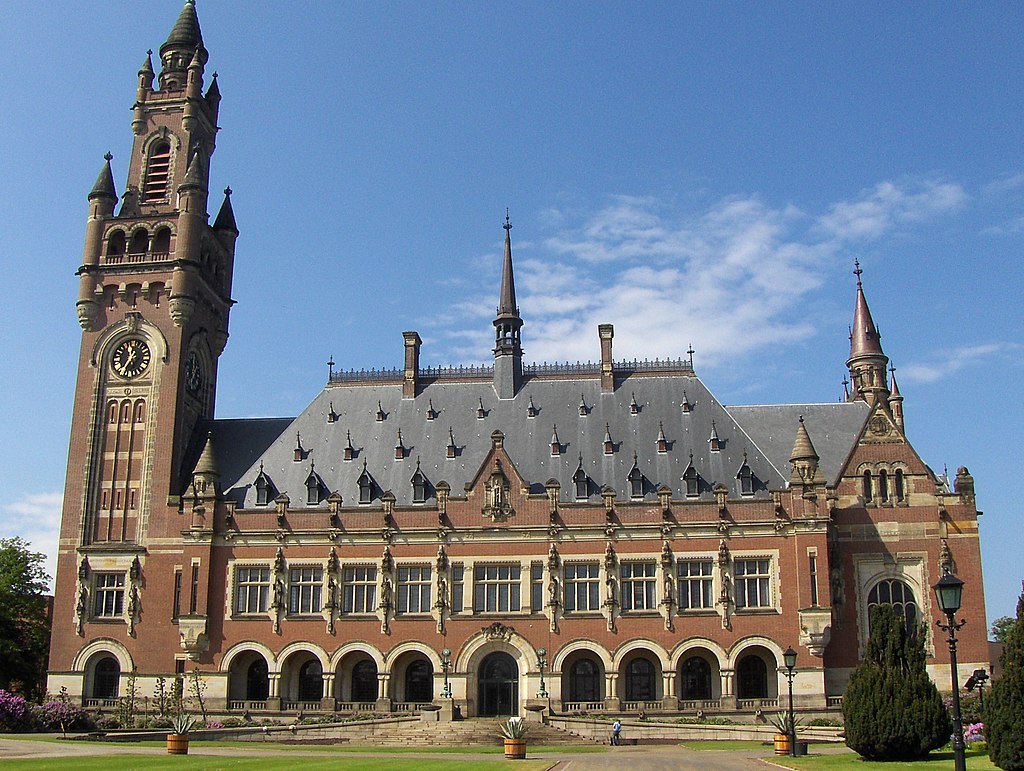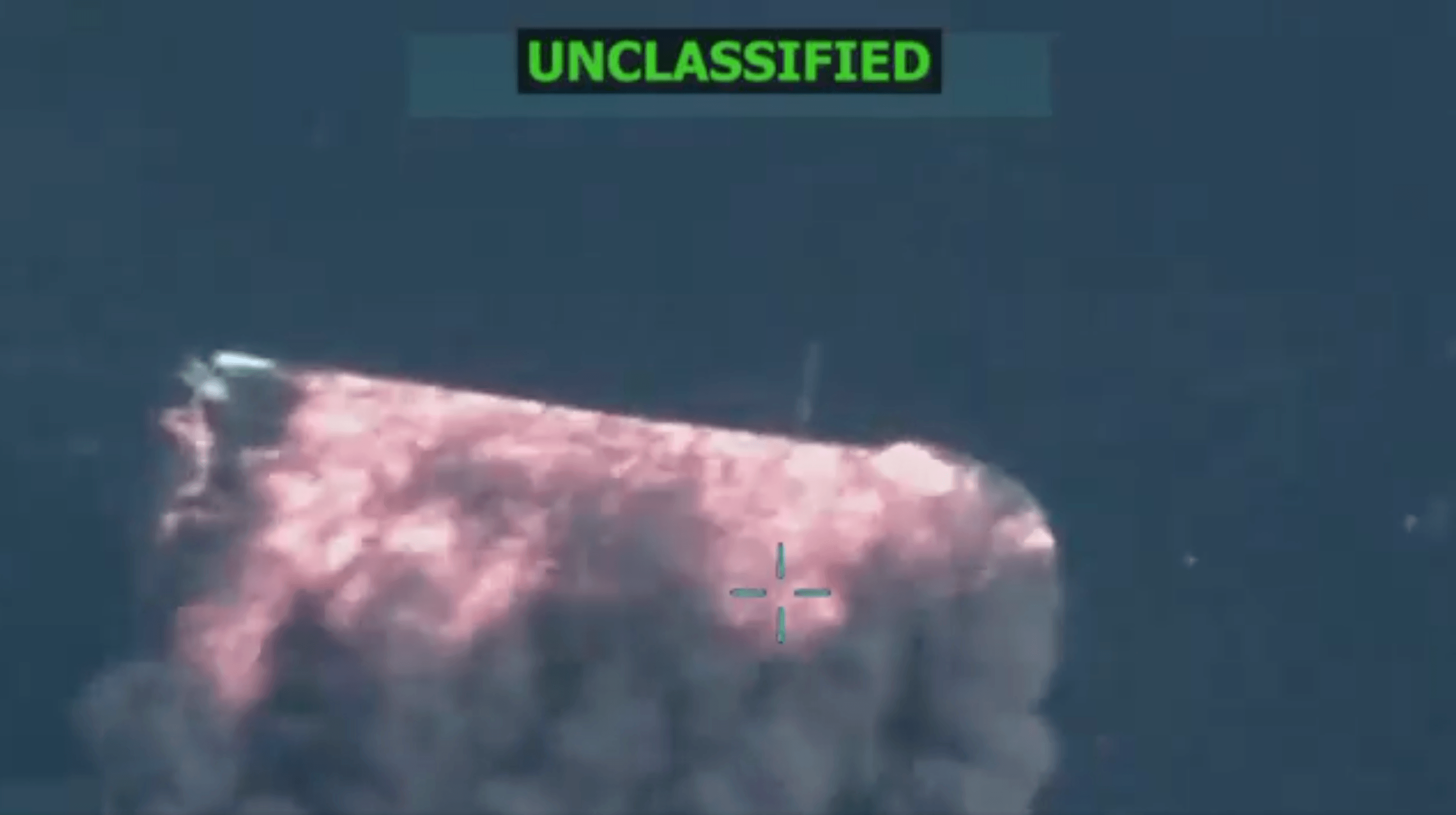The Day After the Iran Deal Ends
Last week, before a largely adoring crowd at a joint session of Congress, Israeli Prime Minister Benjamin Netanyahu unleased a fusillade against the administration’s potential Iran deal.
Published by The Lawfare Institute
in Cooperation With

Last week, before a largely adoring crowd at a joint session of Congress, Israeli Prime Minister Benjamin Netanyahu unleased a fusillade against the administration’s potential Iran deal. At the center of his critique was the argument that “virtually all the restrictions on Iran's nuclear program will automatically expire in about a decade.” According to Netanyahu, the fact that the still unfinished deal contains a sunset—and a relatively quick one—represents a “major concession” and the deal’s greatest danger. The agreement would thus soon leave Iran “free to build a huge nuclear capacity that could product many, many nuclear bombs.”
Netanyahu’s doomsday scenario is nightmarish, but it’s also short on details. And so it’s worth examining the differences between the various legal regimes under discussion: that which currently limits Iran’s program; that which would likely take effect under a proposed deal; and that which would come into being after Netanyahu’s apocalyptic sunset date.
Iran's Nuclear Obligations
The baseline nuclear obligations for the vast majority of states are imposed by the Nuclear Non-proliferation Treaty (“NPT”). Under the NPT, signatory non-nuclear-weapon states commit themselves “not to manufacture or otherwise acquire nuclear weapons or other nuclear explosive devices,” and to “accept safeguards, as set forth in an agreement to be negotiated and concluded with the International Atomic Energy Agency for the exclusive purpose of verification of the fulfilment of its obligations assumed under this Treaty.” In practice, each country signs a separate “comprehensive safeguards agreement” with the IAEA granting the IAEA authority to approve designs of equipment and facilities, to call for and receive reports and to send inspectors “who shall have access at all times to all places and data and to any person” connected to a country’s nuclear programs. Like the vast majority of nations, Iran is signatory to the NPT, has signed a “comprehensive safeguard agreement,” and publicly claims to be bound by these commitments.
This problem, however, is that these baseline “comprehensive safeguard agreements” aren’t really comprehensive. They were designed to oversee a country’s “declared nuclear material and activities;” and Iran, of course, does not limit its nuclear activities to declared sites. Major nuclear facilities—including those at Arak, Fordow and Natanz—instead were created in secret, kept from the sight of the IAEA and the world until they were uncovered by dissidents or through intelligence efforts. As a former deputy director-general of the IAEA Olli Heinonen said in 2013, “If there's no undeclared installation today in Iran, it will be the first time in 20 years that it doesn't have one."
Iran, of course, is not the first nation with a covert nuclear program. The IAEA and international community have grappled with discovery and oversight of non-disclosed facilities programs at least since the aftermath of the first Iraq war. During the invasion, coalition forces happened on facilities of Saddam’s undisclosed weapons program, and realized then that the initial “safeguards” agreements were insufficient. In response, the IAEA developed the “additional protocol” to supplement the baseline safeguard agreements with a more robust system of disclosure and inspections. Like the baseline safeguard agreements, the additional protocol takes the form of a written, legally binding agreement between states and the IAEA, but commits states greater disclosure about all parts of the nuclear fuel cycle, and allows far more intrusive international inspections—including snap inspections at “[a]ny location specified by the [IAEA].” In the past two decades, the additional protocol has become nearly universal, signed and ratified by most countries signatory to the NPT. Crucially, Iran refuses to ratify the additional protocol [despite signing it in 2003], and in its absence, has thrown up a mess of obstacles to delay and obstruct disclosures and inspections.
Eroding the Safeguards Agreements
Iran’s failure to ratify and abide by the additional protocol is hardly the country’s only attempt to circumvent IAEA oversight. Iran has also repeatedly violated key provisions even of its “safeguard agreement”--particularly its obligation to immediately disclose the creation of new nuclear facilities.
Like the additional protocol, this obligation of immediate disclosure has its origins in the early 1990s. At that time, he IAEA Board of Governors voted to update the “subsidiary arrangements,” the detailed regulations through which the safeguard agreements were actually detailed and enforced. These updates, universally accepted at the time, included an adjustment to the reporting requirement for the disclosure of new nuclear facilities. Under the original arrangements, states were obligated to report the construction of facilities at least 180 days before the introduction of fissile material. But after 1992, the updated subsidiary arrangements require disclosure as soon as the facilities are planned. The reasons for the update were simple: early notification allows the IAEA to advise states on how to construct facilities in a manner that facilitates verification; and a requirement of immediate notification prevents states from building secret facilities and then claiming if caught that they were not yet in technical violation.
Iran, however, has unabashedly flouted this requirement, building facilities without prior disclosure to the IAEA. And when caught, Iran has a ready answer: it no longer recognizes the updated subsidiary arrangement, and considers itself only bound by the original 180-day requirement. The IAEA and the international community roundly reject Iran’s position. Iran is signatory to the NPT, has signed a safeguard agreement, and is bound by the subsidiary arrangements. It cannot unilaterally pull out when convenient, particularly after being caught red-handed. This then is Iran’s formal status quo (leaving aside a handful of voluntary commitments under the Joint Plan of Action (“JPA”), the interim arrangement reached last year, pending the conclusion of final negotiations): Refusal to sign the additional protocol and active rejection of the revised subsidiary arrangement to its own safeguard agreement.
In any version of the deal currently being discussed, Iran would—at least nominally— fully accept the updated subsidiary arrangements and the additional protocol. At the very least, these steps would bring Iran’s admitted legal obligations in line with those of most other countries. But given Iran’s history, conformity with most other countries is simply not enough for much of the international community. After all, both safeguards agreements and the additional protocol aim only at ensuring transparency and confidence—not formally restricting the ambitions of a bad actor. They mandate disclosure and inspector access, not limitations or restrictions.
Transparency vs. Limitations
Until recently, disclosure of the sort mandated by the safeguards agreement and even the additional protocol was deemed insufficient in the case of Iran. The country’s combination of secret facilities and extensive enrichment programs created the overwhelming impression that Iran was sneaking toward a nuclear weapons capability. As a result, both the IAEA and the UN Security Council decided that specific restrictions—in particular, a “sustained suspension of all enrichment related and reprocessing activities”—were necessary to curb Iran’s nuclear program. But although the Security Council has codified these restrictions on Iran with the force of international law, Iran refuses to abide by them. Instead, the closest Iran has come is a willingness to conform to the lesser, voluntary limitations contained in the JPA. The as-yet-unfinished deal is expected to build on restrictions imposed already by the JPA (for instance by capping the number of centrifuges)---but to allow significantly more than the IAEA and UNSC demands for zero enrichment.
But what happens the day after a deal lapses—ten, eleven or 15 years from now? On Netanyahu’s account, the baseline to which Iran will return will be the additional protocol alone. In formal terms, this means Iran will accept, even after the deal’s expiration, a more invasive inspections regime than that which Iran has consented to before now. But the inspections regime would be no stronger than those which exist in any other country. And Iran, unlike other countries, has already demonstrated both the willingness and capability of obstructing inspectors---even when they have a clear legal mandate.
Here’s how that might look: The additional protocol allows the IAEA to demand access to undeclared sites, but it also recognizes that a country may be “unable to provide such access” and therefore might simply “make every reasonable effort to satisfy Agency requirements, without delay, at adjacent locations or through other means.” Furthermore, the protocol only requires, at least initially, that countries provide inspectors with sufficient access for “collection of environmental samples.” More intrusive access, or “utilization at that location of visual observation, radiation detection and measurement devices,” is only permitted after substantially more process. Crucially, the additional protocol also explicitly prohibits the IAEA from “mechanistically or systematically seek[ing] to verify” compliance with its added demands. This maze of hedges and restrictions provides ample room for Iranian resistance to attempts by the IAEA to expand inspections—and given Iran’s track-record, there’s no reason to expect it will not use it.
More importantly, after the conclusion of the deal, the actual restrictions constraining Iran’s program will disappear almost entirely. If the sunset really is total, Iran will be left with only its most general treaty obligations under the NPT (“not to manufacture or otherwise acquire nuclear weapons”). The IAEA and UNSC demands for zero enrichment would be rescinded (likely through formal resolutions by both bodies), as would even the lesser JPA restrictions—on uranium enrichment above 5%, reprocessing, and advancement of activities at key nuclear installations. This means a return to disclosure alone—and an end to formal, specific limitations.
The deal is not yet final. And according to some well-informed observers, Netanyahu’s characterization of the “sunset” may be less than fully accurate. American negotiators are pushing hard for some limitations to outlast the sunset, and on a handful of issues—like a 5% or 20% cap on uranium enrichment—they are purportedly finding some success.
But if Netanyahu’s scenario comes into being, the baseline to which Iran will return would be the additional protocol. No doubt this represents an improvement over safeguard agreements alone; at least this protocol is actually designed to account for secret nuclear programs and sites. Yet even the additional protocol was never intended to actively prevent a determined regional power from developing a nuclear capability. It supplies only transparency, not limitations. And in the case of Iran, limitations are sorely needed.
Yishai Schwartz is a third-year student at Yale Law School. Previously, he was an associate editor at Lawfare and a reporter-researcher for The New Republic. He holds a BA from Yale in philosophy and religious studies.





